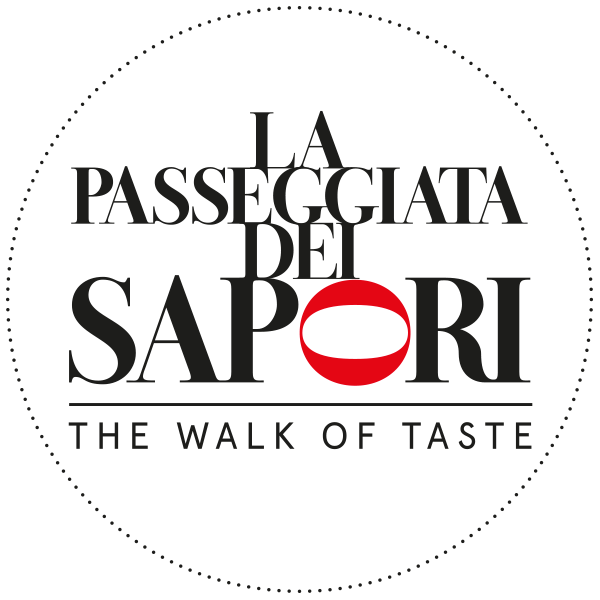Il Trionfo da Tavola by Damia’ Campeny (1803-1806)
We do not know exactly how this dazzling decorative set, commissioned for the Spanish Embassy in Rome in 1803 by Antonio de Vargas y Laguna, ambassador to the Papal State, reached the Galleria Nazionale. The complex and troubled events of the Bourbon dynasties of Spain and Parma in the early decades of the 19th century may have brought the Trionfo from Rome to Lucca and finally to Parma.
It is possible that the precious work reached Parma as part of the inheritance of Charles IV of Bourbon, King of Spain, through his daughter Maria Luisa, who in 1795 had married her cousin Don Ludovico, son of Ferdinand, Duke of Parma. The latter was compensated in 1802 for the loss of the Duchy with the Kingdom of Etruria and, after his death in 1803, Maria Luisa ruled as regent for her young son Carlo Ludovico until 1807, when Napoleon bestowed Tuscany on his sister Elisa Baciocchi. Upon his mother’s death in 1824, Carlo Ludovico became Duke of Lucca, and only in 1847, after the death of Maria Luigia of Habsburg, did he take legitimate possession of the Duchy of Parma, where he ruled with the name of Carlo II until 1848. It is therefore plausible that the Trionfo was first in the possession of Maria Luisa, or rather, of Carlo Ludovico as part of the inheritance from his grandfather Charles IV of Spain, with whom the Duke had lived in Rome as a boy.
The precious centrepiece is first cited in the Inventory of Goods of the Parma Palaces commissioned by the Savoy family after Unification, in 1861(ASPr, nos. 8820-8834). In August 1865, the Fine Arts Academy asked for the Trionfo to be stored in its Gallery, and was granted permission from the Royal House of Savoy, as attested by different letters kept in its archive (cf. Bertini 1981, pp. 67-69, 167, no. 51; Vélez- Fornari Schianchi, 1999, pp. 19-20) and from the minutes of a meeting on August 10 (Acts … 1864-1877, 8, p. 73): the pieces are recorded accurately in an inventory of the same year, at the Academy, with an attached note stating that the inlaid marble base was at the Casino dei Boschi di Sala Baganza (Inventories II, 1851- 1876, envelope 3). In 1894, Giovanni Marlotti requested that it be moved to the Royal Museum of Antiquity, where it was still being displayed in the 1930s (see an image of the premises in Monaco, 1938, p. 170). It was returned to the Gallery in 1966 and stored away because of its extreme fragility. It was later fully restored and returned to public exhibition in public in 1999.
The Trionfo da tavola was designed by Damià Campeny, a Catalan sculptor who enjoyed success in Rome between 1797 and 1815, and was made between 1803 and 1806 with the help of a group of specialized artisans: the Seasons and Months bronzes were modelled in collaboration with another Catalan sculptor, Antonio Solà, only slightly younger than Campeny, and cast by Giuseppe Boschi (about whom see Gonzalez Palacios, 1984), while the marbles were carved by the Roman stonemasons Alessandro and Camillo Focardi. The composition centres on the gilded bronze group representing Apollo and Diana, as Sun and Moon, standing on a rich plinth flanked by four bronzes of sitting women who represent the four elements of Water, Air, Earth and Fire. On either side of them, on green marble plinths, stand the gilded bronze statues of Ceres and Bacchus, evoking the fertility of earth, surrounded by figures bearing gifts to the gods. This convivial pantheon is completed by a series of small bronze statues of sophisticated workmanship representing the Seasons and the Months, enriched by gilded bronze details and standing on plinths bearing the zodiac signs, interspersed in turn by a lively sequence of amphorae, kraters, candlesticks, tripods and fruit bowls in pietra dura and coloured marble, all inspired by ancient classical art. It is possible to reconstruct rather precisely the original arrangement of the figures thanks to two preparatory drawings by the Catalan sculptor, recently rediscovered in the collections of the National Art Museum of Catalonia (see Riera, 1999, pp. 94-97, 129 no. 89), and to the very specific description of the centrepiece written by the scholar Antonio Guattani, who was able to see it in its original site, in his Memorie enciclopediche romane sulle belle arti e antichità (1806). Unlike in other similar contemporary centrepieces, such as those by the Valadier family, featuring mostly architectural elements such as the reconstruction of the spine of a Roman circus or of the recently rediscovered temples of Paestum (cf. Gonzalez Palacios, 1993, pp. 324-331; 1997, pp. 209-224), human figures dominate the ensemble conceived by Campeny, as they do in a centrepiece made in 1804 by Giacomo Raffaelli and today housed in Villa Carlotta at Tremezzo (see again Gonzalez Palacios, 1984, figs. 293-295). Cid Priego (1992) has shown how Campeny’s iconographic program, with its allusions to the passing of time, the alternation of day and night, the changing of seasons and the abundance of the fruits of the earth, draws inspiration from Cesare Ripa’s timeless Iconologia .
